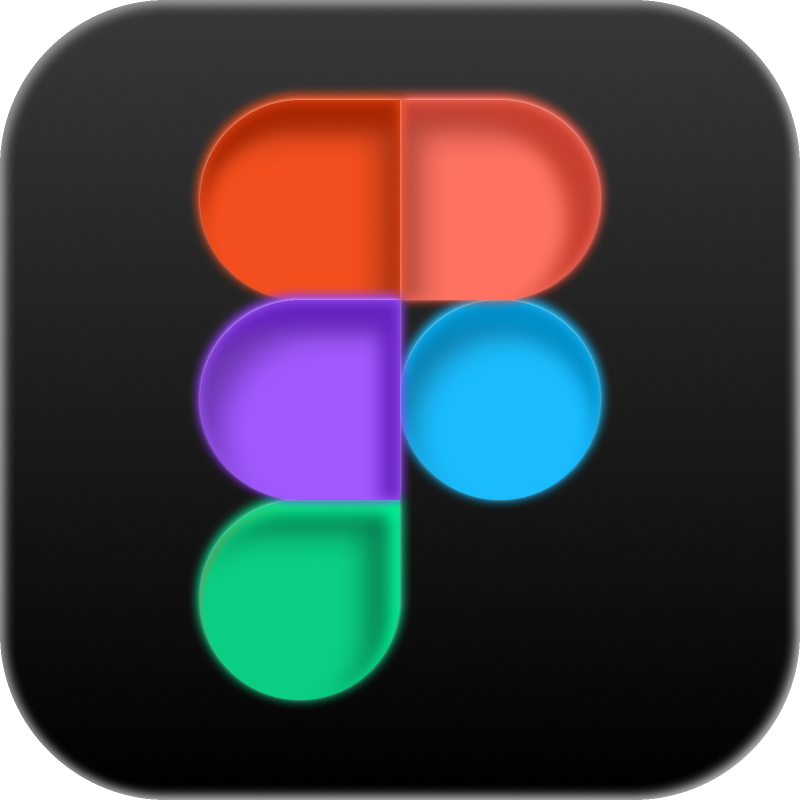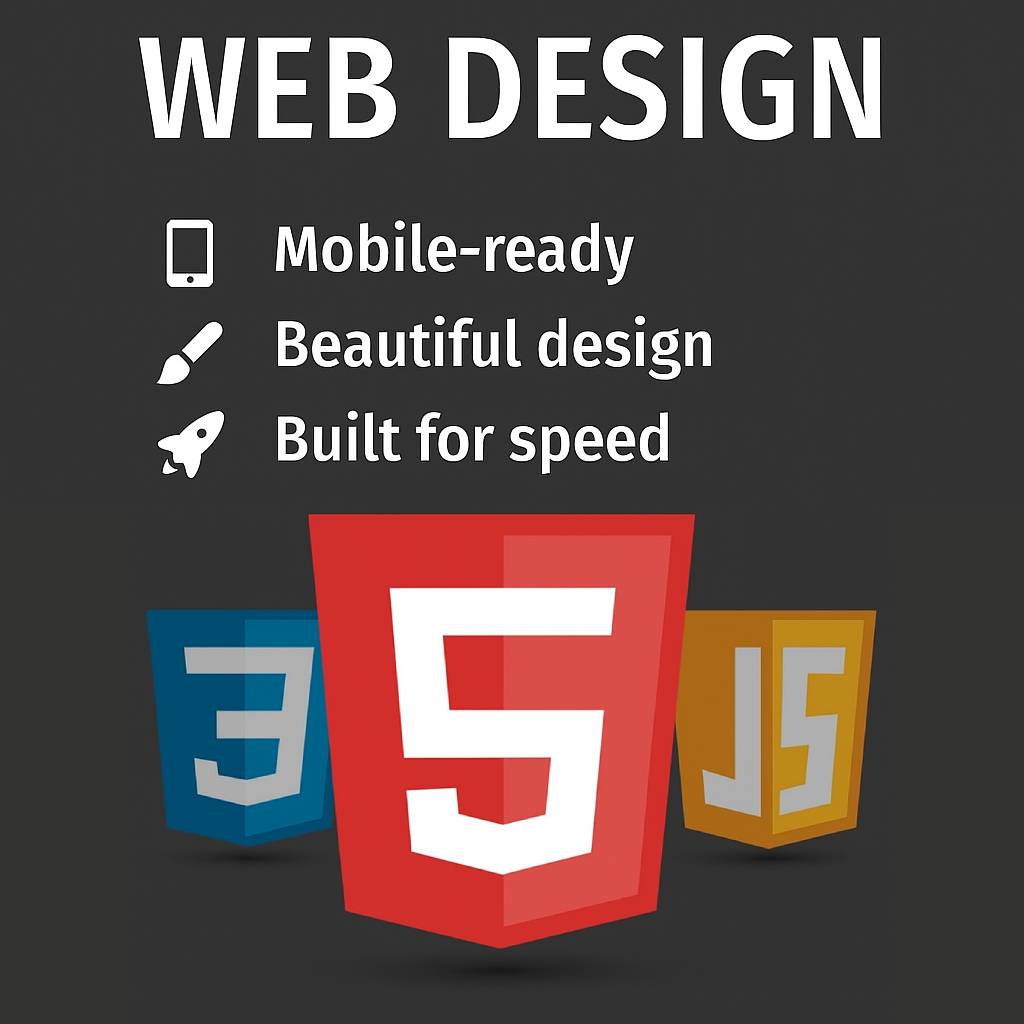Post at a Glance
In the world of web design, efficiency and consistency are everything. Enter Figma libraries for web design, the unsung heroes that transform chaotic workflows into streamlined masterpieces. Figma, a cloud-based design tool, has revolutionized how designers and developers collaborate, and its library feature is a game-changer for creating cohesive, scalable designs.
These libraries allow teams to store, manage, and reuse design components, ensuring that every button, font, or color palette aligns perfectly across projects. Whether you’re a solo designer or part of a sprawling team, understanding how to leverage Figma libraries for web design can elevate your work to new heights.
A Figma library is essentially a centralized hub where design assets—like icons, typography styles, color schemes, and UI components—are stored and shared. By creating a single source of truth, these libraries eliminate the tedious task of recreating elements or fixing inconsistencies.
Imagine designing a website where every button has the same hover effect, every heading uses the same font weight, and every color matches the brand perfectly—all without manual adjustments. That’s the magic of Figma libraries for web design. They save time, reduce errors, and let designers focus on what they do best: creating.
Why Figma Libraries for Web Design Are a Designer’s Best Friend
The beauty of Figma libraries for web design lies in their ability to simplify complex processes. Let’s break down why they’re indispensable:
- Consistency Across Projects: Web design often involves multiple pages, screens, or even entirely separate websites. Without a library, maintaining uniformity is a nightmare. Figma libraries ensure that every team member uses the same components, from navigation bars to form fields. This consistency not only enhances the user experience but also strengthens brand identity.
- Time-Saving Automation: Updating a design element across hundreds of artboards can feel like a punishment. With Figma libraries for web design, a single tweak to a library component—like changing a button’s border radius—updates every instance across all linked projects. This automation frees up hours for more creative tasks.
- Collaboration Made Easy: Figma’s cloud-based nature already fosters collaboration, but libraries take it further. Designers, developers, and stakeholders can access the same assets in real time, reducing miscommunication. For instance, a developer can pull the exact hex code for a button color directly from the library, ensuring pixel-perfect implementation.
- Scalability for Growing Teams: As teams expand, so do their design needs. Figma libraries for web design scale effortlessly, allowing new members to jump in without wading through disorganized files. Libraries keep everyone aligned, whether you’re a startup or a global enterprise.
The sympathetic beauty of these libraries is their ability to make designers’ lives easier. They’re like a kind friend who anticipates your needs, offering solutions before you even realize you need them.
Building Effective Figma Libraries for Web Design
Creating a robust library in Figma requires thoughtful planning, but the payoff is worth it. Here’s how to build Figma libraries for web design that truly shine:
- Start with a Design System: A library is only as good as the design system behind it. Define your typography, colors, grids, and components before building. For web design, this might include buttons, input fields, navigation menus, and responsive layouts. A well-structured system ensures your library is comprehensive and versatile.
- Organize Components Logically: Group related assets together, like all buttons or all icons, and use clear naming conventions. For example, name a primary button “Button/Primary/Large” to indicate its hierarchy. This makes it easy for team members to find what they need quickly.
- Leverage Variants: Figma’s variant feature lets you create multiple versions of a component—like different button states (default, hover, disabled)—within a single component set. This keeps your library tidy and reduces clutter.
- Document Usage Guidelines: Include notes or a separate documentation file explaining how to use the library. For instance, specify when to use a certain button style or how to apply a color palette. This ensures consistency even for new team members.
- Test and Iterate: A library isn’t a one-and-done project. Test it in real projects, gather feedback from your team, and refine it regularly. Maybe that secondary button needs a new hover state, or the typography scale needs tweaking for better readability.
By investing time upfront to create a solid library, you’re setting your team up for long-term success. Figma libraries for web design become the backbone of your creative process, ensuring every project is cohesive and professional.
Real-World Applications of Figma Libraries for Web Design
Let’s paint a picture of how Figma libraries for web design work in practice. Imagine you’re designing an e-commerce website. Your library includes:
- A color palette with primary, secondary, and accent colors.
- Typography styles for headings, body text, and captions.
- A set of buttons (primary, secondary, outline) with hover and disabled states.
- UI components like product cards, navigation bars, and checkout forms.
- Responsive grid systems for desktop, tablet, and mobile layouts.
As you design the homepage, you drag in a product card from the library. Need to tweak the button color across the entire site? Update it in the library, and every instance reflects the change instantly. Your developer needs the CSS for the navigation bar? They can grab it directly from the library’s shared assets.
Meanwhile, your client wants a new page added. Because your library is so well-organized, you whip it up in half the time, knowing every element aligns with the brand.This isn’t just theory—major companies like Airbnb, Shopify, and Dropbox use Figma libraries to streamline their design processes. By centralizing assets, these teams deliver polished, consistent designs at scale, proving the power of Figma libraries for web design.
Challenges and How to Overcome Them
No tool is perfect, and Figma libraries for web design come with a few challenges. Here’s how to tackle them:
- Overwhelming Complexity: Libraries can become bloated if not managed properly. To avoid this, regularly audit your library, removing outdated or unused components. Stick to a minimalist approach—only include what’s essential.
- Resistance to Adoption: Some team members might resist using a shared library, preferring their own workflows. To encourage buy-in, demonstrate the time-saving benefits and involve the team in the library’s creation process. A sense of ownership goes a long way.
- Version Control Issues: If multiple designers update the library simultaneously, conflicts can arise. Use Figma’s branching feature to manage changes and ensure updates are merged thoughtfully.
By addressing these hurdles proactively, you can keep your library lean, collaborative, and effective.
Tips to Maximize Figma Libraries for Web Design
To get the most out of Figma libraries for web design, consider these pro tips:
- Use Plugins: Figma’s plugin ecosystem enhances libraries. Tools like “Component Organizer” or “Style Organizer” help keep your assets tidy.
- Integrate with Development: Use Figma’s Dev Mode to share library assets directly with developers, bridging the gap between design and code.
- Stay Updated: Figma frequently rolls out new features. Stay informed about updates to libraries, like improved variant management or better sharing options.
- Train Your Team: Host a workshop to teach your team how to use the library effectively. A little training upfront prevents confusion later.
The Future of Figma Libraries for Web Design
As web design evolves, so will Figma libraries for web design. With Figma’s focus on collaboration and innovation, we can expect even smarter features, like AI-driven component suggestions or deeper integrations with coding platforms. These advancements will make libraries even more integral to the design process, helping teams create faster, smarter, and more inclusive designs.
Embrace the Power of Figma Libraries

Figma libraries for web design are more than just a tool—they’re a mindset shift. They empower designers to work smarter, not harder, fostering creativity while maintaining consistency.
By building and using libraries effectively, you can transform your workflow, delight your team, and deliver stunning websites that resonate with users. So, dive into Figma, create your library, and watch your designs soar. The future of web design is collaborative, efficient, and—thanks to Figma libraries—beautifully consistent.

Request Web Design or SEO Services
Looking for web design or SEO services? Fill out this short form and we’ll contact you to talk about your project needs. Help us understand your vision so we can deliver a tailored, user-friendly design that effectively represents your brand















